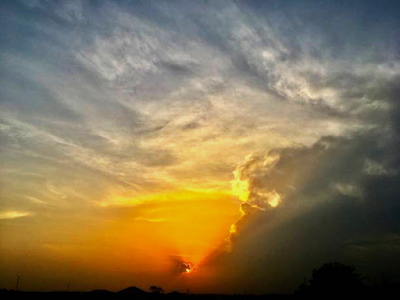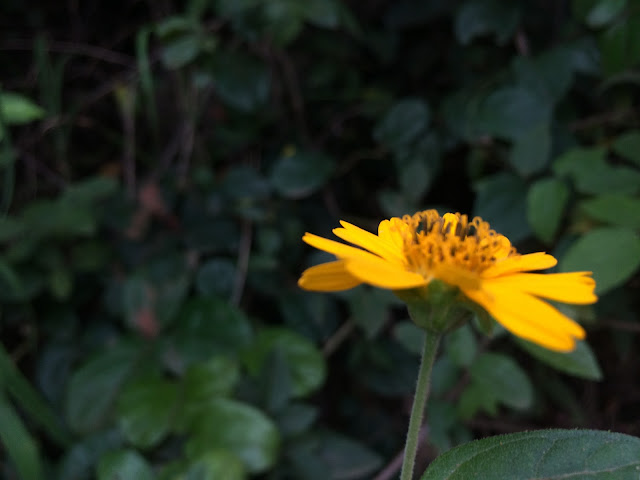PERFECTING PANORAMAS AND COMPOSITION IN NATURE PHOTOGRAPHY THROUGH POST-PROCESSING

Introduction: Panoramic shots can capture the vastness and grandeur of nature in a single frame. However, achieving the perfect panorama requires more than just sweeping vistas; it demands meticulous post-processing to stitch images seamlessly and enhance composition. This article delves into the art of creating stunning panoramas from nature photographs. © by Jude Ankrah Stitching Panoramic Images: Learn how to effectively stitch multiple images together to create a seamless panorama. Explore software options that automate this process and gain insights into manual adjustments for better control over the final result. Composition Refinement: Even with breathtaking scenery, composition remains crucial. Discover post-processing techniques to refine the composition of your panoramas, including cropping, straightening horizons, and adjusting focal points to guide the viewer's eye. Blending Exposures for Balance: In panoramas, exposure inconsistencies can arise due to varying lighting...






